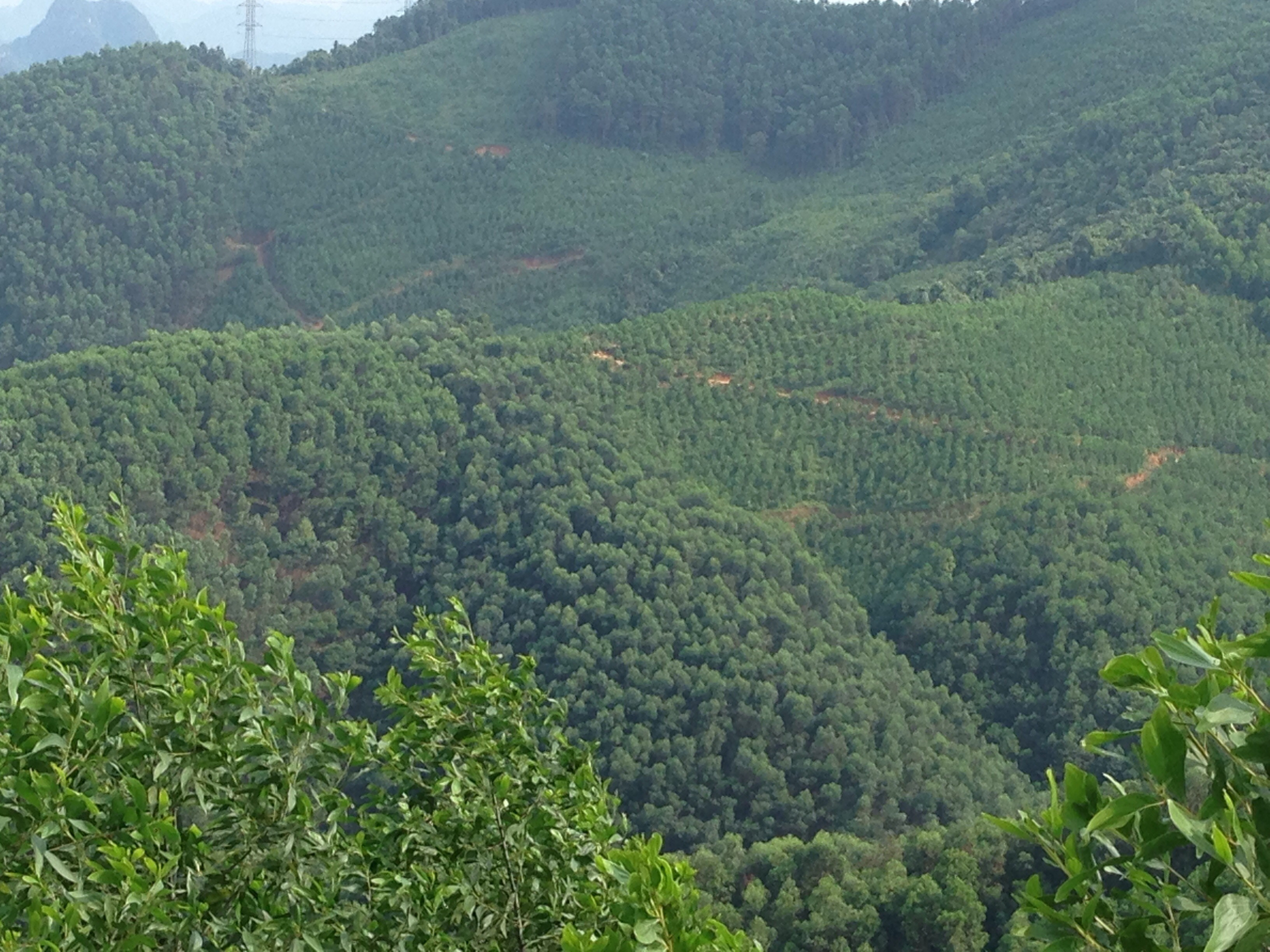
Nguyen Duc Thanh from the Vietnam Academy of Forest Sciences (VAFS) said the forestry industry is promoting digital transformation in forest management and timber traceability.
The Forest Protection Department has applied forest fire risk forecasting to minimize damages when forest fires occur; used geographic information and remote sensing systems in forest resource management; and built a database of forest resources, plants, and non-timber forest products.
Le Van Huong, director of Bidoup Nui Ba National Park in Lam Dong, said remote sensing technology has been used to soon discover forest losses and forest degradation. The technology has been used in the entire Lam Dong province.
The National Park’s officers and scientists from the University of Forestry have created algorithms to capture images and have written software for internal use which allows the staff of the park to look up information about forests within 70,000 hectares via phone. The software can record the entire patrolling process in the forest, marking the development of each tree.
Bidoup is also managing rare and precious animals with software. Every animal is numbered and positioned so as to allow officer to monitor their growth process.
Prof Dr Pham Van Dien, rector of the University of Forestry, said the school has built a database with sufficient information about forestry. Forestry 4.0 software can watch over the development of every forestland plot.
As many as 7.5 million forest blocks and high-resolution images of them are being updated, which is a useful basis that serves traceability and research in the forestry sector.
Forestry 4.0 also can also identify every tree species. There are about 200 tree species on the database, while 600 more tree species being updated, with positioned numbers. People using the software will get advice on issues related to plants.
Thanh of VAFS said digital technology is used to track down timber origin, exploitation and transportation. DART (Dingell Act Resource Tracking) technology from the US Forestry Service is being used to shorten the time needed to inspect timber, and this is considered an important step in the digital transformation process in Vietnam’s forestry sector.
While it took at least 2-3 days in the past to carry out timber quality inspection, now, with the US technology, the process just needs 15 minutes to be completed.
This has a great significance for state management and serves as an effective tool for export companies, because the inspections of timber can measure against international conventions.
Thanh said digital apps not only help better administer the forests but also enhance transparency in the forestry production process.
The EU has promulgated an anti-deforestation law applied to six categories of products. Of these, the forestry sector comprises coffee, rubber and soybean. To adapt to the new law, Vietnam’s forestry sector needs to pay attention to a database in order to identify geographical indicators.
“We need to have foundational data to refer to, compare and have exact information about the development of the transformation, production and commercialization process. Thanks to these, the process will be transparent,” he explained.
Pham Hong Luong from the Steering Committee of the Sustainable Forestry Development Target Program also stressed that the application of digital technologies improve forest management efficiency.
It also helps cut costs and time. When integrated with many apps, users can track down information quickly and easily.
However, experts point out that though Vietnam has software and data stores, it still doesn’t have a common shared system. They believe that it would be better to create a software product that can be used for the entire forestry industry.
Tam An